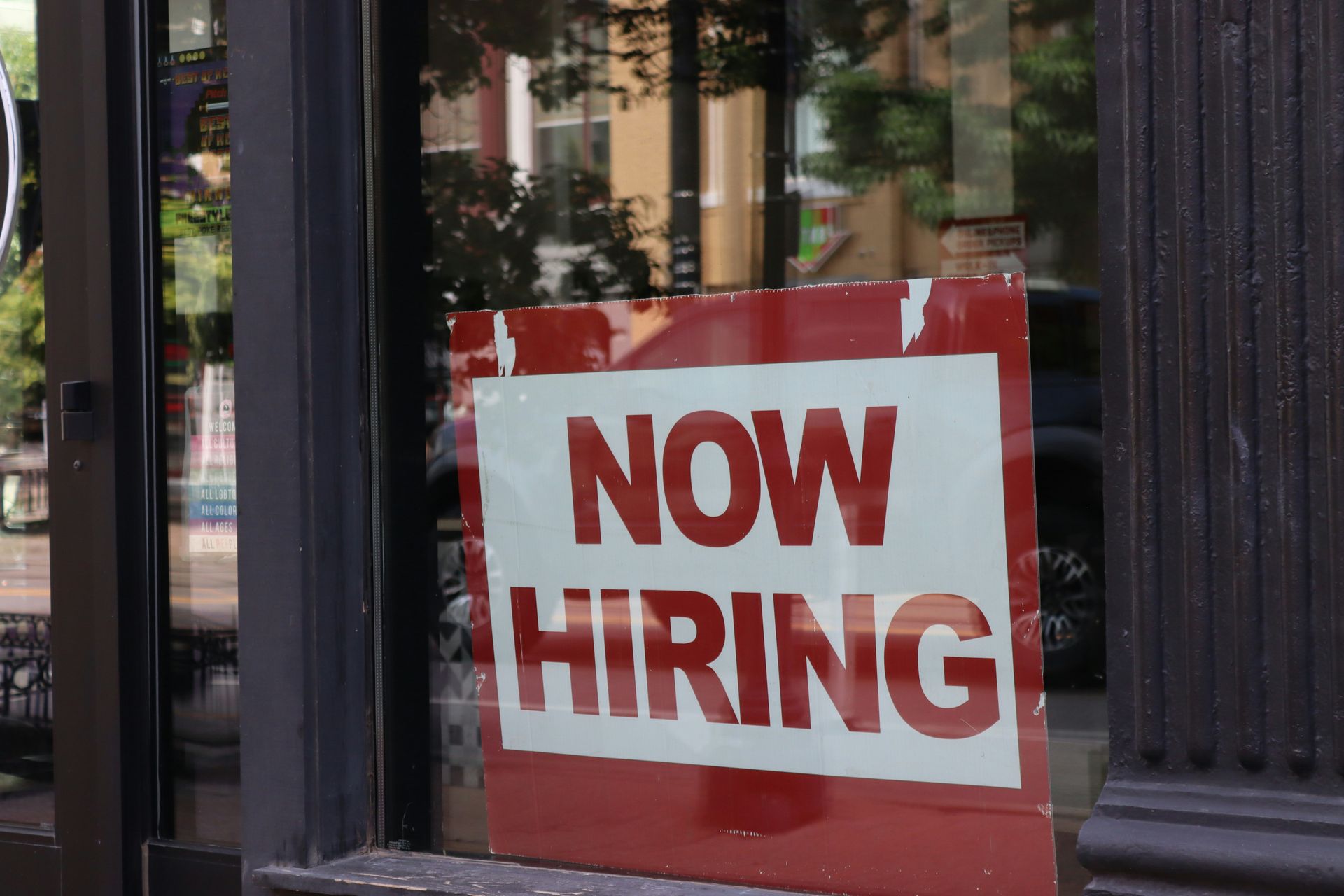Pension Death Benefits to Be Taxed Under Inheritance Tax from April 2027: What You Need to Know
August 5, 2025
IHT on Pension Death Benefits

It’s official.
Contact us
From 6 April 2027, unused pension funds and lump sum death benefits under registered pension schemes will be within scope of inheritance tax (IHT).
The government has now published draft legislation an a detailed consultation response explaining exactly who pays, how it’s paid, and what gets caught.
Good news is at a premium but death-in-service benefits are now out of its scope.
However, many other lump sum death benefits will attract IHT and, in some cases income tax too, with potential total tax charges of up to 67%.
Crikey!
Here’s what we know.
What’s in scope?
From 6 April 2027, IHT may apply to:
- Unused pension funds (e.g. uncrystallised DC pots)
- Death benefits paid as lump sums
- Payments made outside the estate, especially where paid at the discretion of the scheme
However death-in-service payments under registered schemes, including public sector schemes such as the NHS Pension Scheme, will be excluded, regardless of whether paid at discretion or not.
Who pays the tax?
Originally, the government proposed that scheme administrators would be responsible for calculating and paying the tax. That’s now changed.
Instead, the tax responsibility falls primarily on the deceased’s personal representatives (PRs).
The beneficiaries of the death benefit are jointly liable with the PRs for any IHT, and they can request that the scheme deduct and pay the tax directly.
Timing, exemptions, and overlap with income tax
The existing IHT payment rules still apply:
- 6-month deadline from date of death
- Interest on late payment after 6 months
- Spouse and civil partner exemptions still apply
Where beneficiaries aren’t exempt (e.g. adult children or non-relatives), they and the PRs are jointly liable.
And even where IHT applies, the same benefit may also attract income tax. For instance, if the death occurred after age 75.
The three ways to pay the tax
The consultation recognised a potential liquidity issue. In other words, how can IHT be paid on pension benefits before they’re distributed?
HMRC’s solution includes three options:
1. PRs pay the IHT from other assets in the estate
2. The beneficiary requests ‘scheme pays’, i.e. the scheme deducts IHT before paying out
3. The beneficiary pays personally from their own funds
Each route requires coordination between the PRs, beneficiaries and pension scheme.
The four-stage process
Here’s how IHT on pension death benefits will work in practice:
1. Information Exchange
- PRs notify the scheme of the death
- The scheme has 4 weeks to value the death benefits
- The scheme must tell the PRs which recipients are IHT-exempt (e.g. spouses) and which are not
2. Valuing the Estate
- PRs compile all estate info, including pension values
- If an IHT account is required, they get an IHT reference number and request details of beneficiaries
3. Filing and Payment
- If IHT is payable, PRs apportion it between beneficiaries and submit a return
- Payment is then made via one of the three methods above
4. Distribution of Benefits
- The scheme administrator communicates with beneficiaries and confirms payment of benefits
- PRs use this info to check lump sum allowance limits and finalise tax calculations
Our view
Ok, let’s start by being kind.
Carving out death-in-service benefits avoids unnecessary complexity. Further, placing responsibility with PRs and beneficiaries, not scheme administrators, makes the process more logical and administratively efficient.
But that’s where our positivity runs out.
It is difficult to find a silver-lining for an outcome where pension death benefits will might suffer IHT and income tax. As such, for deaths after 75, this could mean an astonishing tax charge of up to 67%.
Final thoughts
Trustees, scheme administrators and members will all need to prepare for these changes, likely to come into effect from April 2027.
Planning ahead: what should you do now?
These changes to pension death benefit taxation aren’t just technical tweaks — they could result in significant tax liabilities for your estate or your beneficiaries. In some cases, charges could climb as high as 67%.
We can help you:
- Review your pension and estate planning strategy in light of the 2027 changes
- Understand who will be liable for tax and how it could be paid
- Model tax exposure based on age, structure, and beneficiary profile
- Put measures in place to reduce unnecessary IHT or income tax exposure
Need advice?
We support individuals, families and advisers across the UK and internationally.


